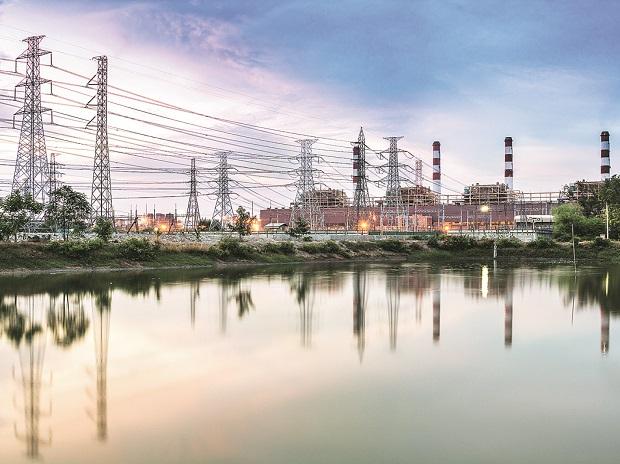
Indian Oil Corp. Ltd., the country's greatest oil purifier and a huge client of hydrogen, will cooperate with top sustainable power maker ReNew Power and Larsen and Toubro Ltd. to deliver green hydrogen that is quick picking up speed in the South Asian country's perfect push.
The three organizations have marked a limiting term sheet to together foster green hydrogen projects, while the state-run purifier and the designing significant will shape a different association for making electrolyzers for green hydrogen, as per a joint assertion from the three firms. The association will zero in on green hydrogen projects at Indian Oil's Mathura and Panipat treatment facilities in northern India.
Green hydrogen, created from water and green power and considered the cleanest type of fuel, is an expected way to decarbonize weighty businesses, like steel, concrete and petroleum processing plants. India, the world's third-greatest producer of ozone harming substances, plans to start to lead the pack and has won help from its most extravagant tycoons, Mukesh Ambani and Gautam Adani. India means to deliver 5 million tons of green hydrogen by 2030, when its interest for hydrogen is assessed at 12 million tons.
India's treatment facilities consume around 2,000,000 tons of hydrogen yearly, quite a bit of it by the Indian Oil bunch, which holds 33% of the country's oil handling limit. Indian Oil is as of now pursuing delivering 70,000 tons per year of green hydrogen by 2030, which will represent 10% of its general utilization at that point. Processing plants regularly use hydrogen for the expulsion of sulfur from energizes like diesel.



